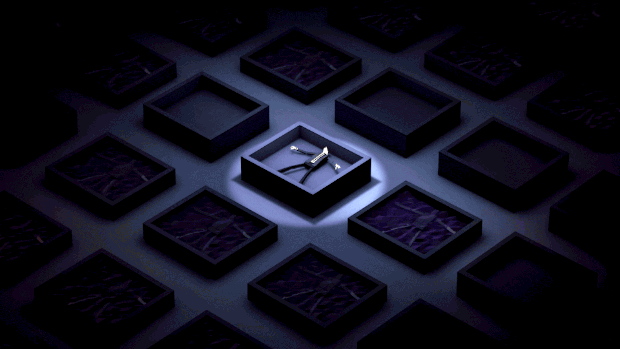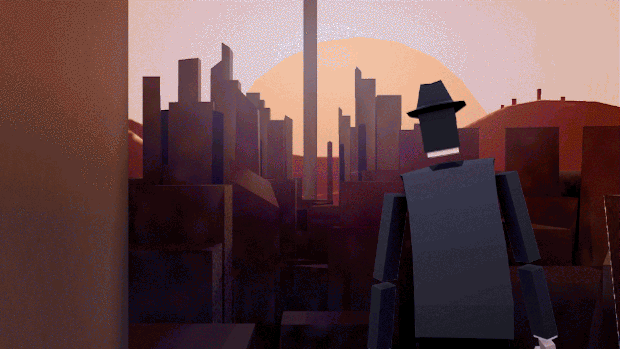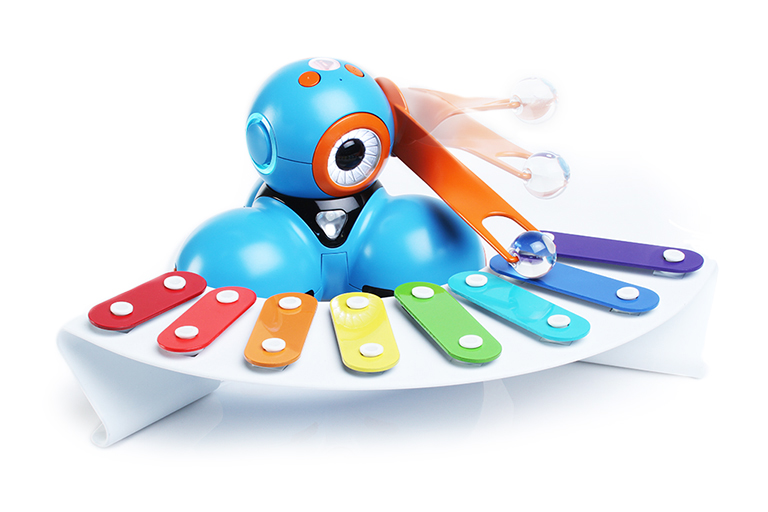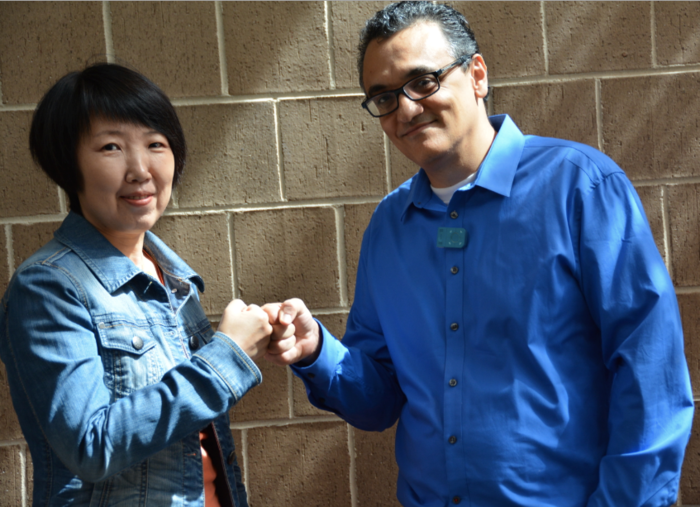-

-

-

-

-

-

-

-

-

-

-
-

-

-

-

-

-

-

-

-

-

-

-

-

-

-

-

-

-

-

-

-

-

-

-

-

-

-

-

-

-

-
-

-

-
 TOTW: Google's Project Ara Modular Phone May Be The Future Of SmartphonesOctober 30, 2014
TOTW: Google's Project Ara Modular Phone May Be The Future Of SmartphonesOctober 30, 2014 -

-

-

-

-

-

-

-

-

-

-

-

-

-

-
-
-

-

-

-

-

-

-

-

-

Posts tagged Kickstarter
TOTW: OutRunner Robot Easily Beat The Legged Land Speed Record
0Robotics, especially humanoid, walking and speed robots has been advancing at a rapid pace in the last few years. For instance, the Boston Dynamics robot Cheetah recently broke the tethered robot land speed record, with around 16 miles per hour. This amazing robot even attracted Google’s attention, and keeping with the trend, Google went and quickly acquired the robotics company. Another example of a robot making headlines is Honda’s Asimo robot, claiming to be the most advanced humanoid robot ever. All these robots display new and innovative ideas, and these ideas, if executed correctly, is what makes robotics interesting and exciting.
Kickstarter has always been a harbor for innovative and new ideas, launching great companies such as Pebble, it is only logical that once in a while these to media would combine. And they did in OutRunner.
OutRunner is a completely new design of running robot, hoping to be the fastest in the world. The design consists of a center block, which contains all the mechanical and computing electronics. Branching out from that on both sides are 3 legs, all facing upward(and downwards) like a windmill. These legs alternate at a rapid rate while running, propelling the lightweight machine forward. The OutRunner team based this design off of a hum running, so that the alternate legs propel the robot at the correct time.
Currently, OutRunner has made 43,000 out of their needed and pledged 150,000. They really should have a problem though, because of the significance of the robot. Just during testing, not even with the finalized robot, the OutRunner beat both untethered and treadmill running robot land speed records, with 25 mph untethered and 45 mph on a treadmill. For $299, you will receive a OutRunner Core, the basic OutRunner unit. This version, unlike the older iterations, has three legs on each side, and can be easily controlled using a simple controller. In another video on their Kickstarter page, they show that it can navigate slight variations in terrains, such as gravel, slow inclines and rough grass and dirt.
This robot certainly shows something about the future of robotics: there is still things to reinvent and innovate, and there most likely will always be. After all, records are meant to be broken, and with so many creative people striving to break them, it is inevitable that sooner or later, they will be broken. This robot is a great example of that, and also how amazing products and ideas still need to be funded. Everything does. Props to the OutRunner team to making such as new a creative robot, and hopefully they will get all the funding they need.
AOTW: Last Life Sci-fi Noir Game – Reinventing Murder Mysteries
0Eleven years after Earth was destroyed, the detective Jack Parker was killed on the transhumanist colony of MarsTopia on Mars. Luckily for him, the Dead Man’s Party holiday is just around the corner, when all the dead people get revived into a 3D printed body for one day to enjoy a gala. Of course, being the detective he is, Parker escapes and goes on a crazy adventure to find his killer, while at the same time maybe finding out what triggered Earth’s demise.
At least, that’s the plot for the exciting new Kickstarter campagin game, Last Life, by Sam Farmer. Last Life is a sci-fi noir game for PC, Mac and Linux that has been attracting a lot of attention recently.
Made in increasingly popular minimalist/modernist/geometric style, this game’s gameplay is similar to, from what they have already released, a choose your own path game, except with the ability to move around and interact with many different items and people. The whole game has a darkened feel, with the dark grays and maroons of MarsTopia in the background certainly not making the game feel more lively.
Throughout the game, you (Parker) will be scouring the streets of MarsTopia, which Farmer describes as “Orlando, Florida, but on Mars.”, looking for clues to find his killer. According to Last Life’s Kickstarter campaign, you will “wrangle deadly secrets out of an enormous cast of bizarre characters using whatever works: charm, bribes, or something less pleasant.” Sounds fun. 
Not only capturing the imagination of the media, the creators of the massively successful Kickstarter game Broken Age, Double Fine took an interest in Last Life. So they decided to help Farmer with distribution, their crowdfunding campaign and more. In return, Last Life with be one of the first games to fall under the “Double Fine Presents” banner.

Not only does Last Life sound sooooo awesome, but it is a very realistic and possible version of the future (besides for the “Earth’s demise” thing). 3D printing, as I have said before on this website, is most likely going to be a big part of the future, providing an easy and affordable way to make products and more. Scientists are even speculating on a way to 3D print a moon colony, after they sent the machine that prints it up there. Who knows. Could happen. “The 3D printing idea just feels like a natural evolution of the technology,” says Farmer. “I mean, we’re already printing organs. And I’m fascinated by the implications of this tech and how it could lead to a post-scarcity society.”
Last Life is a game with amazing possibilities based off of its fantastic storyline, great set of characters and intriguing world state and scenario. This game could be absolutely a gigantic hit (which it no doubt will be) and become the game of the year, but that depends on a couple variables, including the length, the cost, the ability to replay the game and more. Surely though, after raising $50,000 (and counting to $70,000) on Kickstarter, money hopefully shouldn’t be a problem. The game changing idea that the game starts where you die, which is usually the end, is genius. Sure, the expectations are high, but from what we have now, the future’s looking bright for Sam Farmer and Jack Parker.
TOTW: A New Way To Teach Kids How To Code, Play-i
Today wouldn’t be the same if computers hadn’t been invented. Everything would be run manually, not to mention the lack of the World Wide Web, the average Joes greatest information source. Unfortunately, to create anything from scratch on a nowadays computer, you have to do it in code. Being a Coder, or Programmer, is now a very popular and important job for the economy and businesses. There are many codes, such as Python and Java Script, some being easier or more useful than the others, but they are all hard to learn. That is why teaching kids to code is very important for the next generations success. Some websites have sprouted up, such as Codeacademy, and they’re not bad, but for some younger or more visual learners, the websites are not for them. A new technique, using actual robots is starting to be used, and great example of that is the new robots Bo and Yana by Play-i.
There are many simple robots for kids out there that have an easy visual coding system and flash colors and move, but Bo and Yana are probably the most advanced yet. Yana is a small ball, which can move around and be set as a character by emitting sounds and lights. Bo is 3 of Yanas stacked into a pyramid. Bo not only moves, but can detect objects, take in more complicated code, and have accessories added to it like a xylophone mallet or a plow. Together, these robots make Play-i, a fun and more interesting way to learn the basics of coding.
The difference between Play-i and other coding robots is that Bo and Yana are more like an actual creature with a brain and eyes, unlike other robots that look like a big stepped on ball of wax. It gives kids a way to feel like they are doing more than coding. They are creating this creature. Also, another great feature of Bo and Yana is that they do not only take Play-i’s visual language. For older kids, you can even coding in other more-well known languages. Scratch and Blockly are even accepted, which is a first for robots in education.
Bo and Yana are just more ways that people are trying to influence kids to learn to code. As Play-i says, coding nowadays is almost as important as reading and writing. If you can think of a job, you probably have to know how to use a computer. Coding is an important skill in the technology industry, and you’d be crazy if you said that wasn’t the biggest industry currently. So to teach kids programming should be rightfully high on the education list, something that it isn’t. Bo and Yana are certainly helping that and it’s starting to turn around.
TOTW: The Voice Control Technology Has It’s Spokesperson: XOWi
0Voice recognition software has boomed in the last year of two, especially becoming famous when Google released plans for their Google Glass, a augmented reality glass that is almost entirely based off voice controls. Even before that, Apple added Siri to their iOS, the infamous voice dictation system that allows you to ask it questions and easily move around the phone. This feature was criticized continuously for it’s bad recognition, causing it fail and be shunned by users. Even after the ups and downs of the tech, many people still think it can be very helpful to average Joes everywhere. Some of those people are the creators of XOWi, the always-helpful mini clip assistant.

XOWis
XOWi itself basically is a lot like Apple’s iPod Shuffle, besides for the fact that the only thing the Shuffle does is play music. The XOWi, a little clip, can be put on computers, lamps, books, but it is mainly meant to be put on your shirt’s collar, or as a necklace. To activate XOWi, all you have to do is press the little button that takes up most of XOWi’s hardware. XOWi is really only about the size of a small mint can. Meanwhile, Siri is the size of an iPhone (obviously) and still takes up both of your hands. The great thing about XOWi is that it speaks back the answer like a human would, unlike Siri or Google Now, which usually shows you a list or map.
XOWi has many different functions, including the ones Siri has, except XOWi has more that would be more useful without a phone in everyday life. For instance, XOWi can take notes that you can easily have played back to you, or tell jokes. Another feature that is quite useful, if not more for the younger generation, is the Quiz feature. XOWi can even quiz you on certain topics. All these features, plus more, are being added to by developers everywhere.
XOWi is the perfect tool to illustrate the new age of technology. A crowd-funded project, XOWi is a small startup in need of money. Their product is a tool to make you life mobile phone-based and more handsfree. It uses speech-recognition tech to let you do many thing that otherwise would involve a smartphone. Right now, we are on the computer a big percentage of the day (not counting night). XOWi, and other wearable tech projects such as Google Glass and Galaxy Gear are still technology, but they are trying to let you live your life at the same time.





